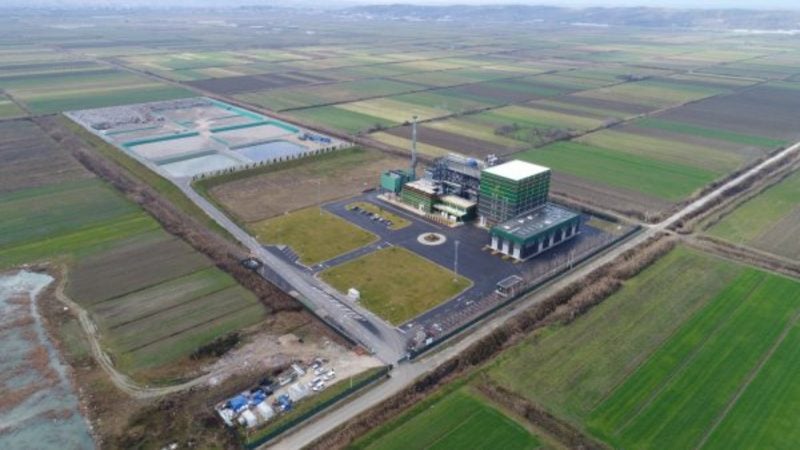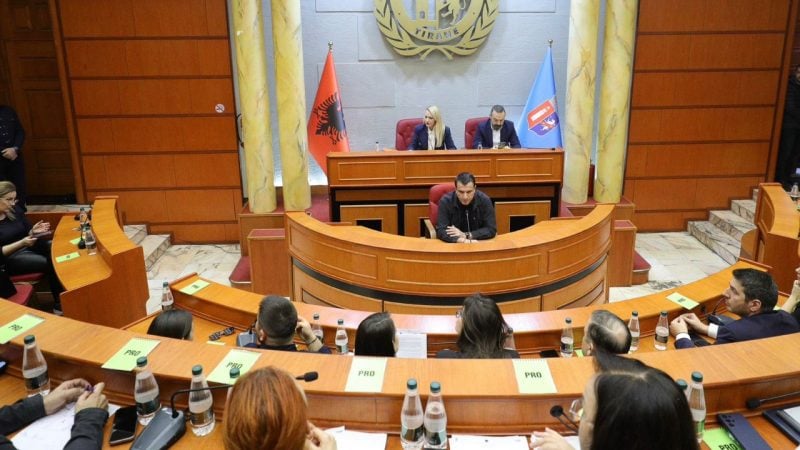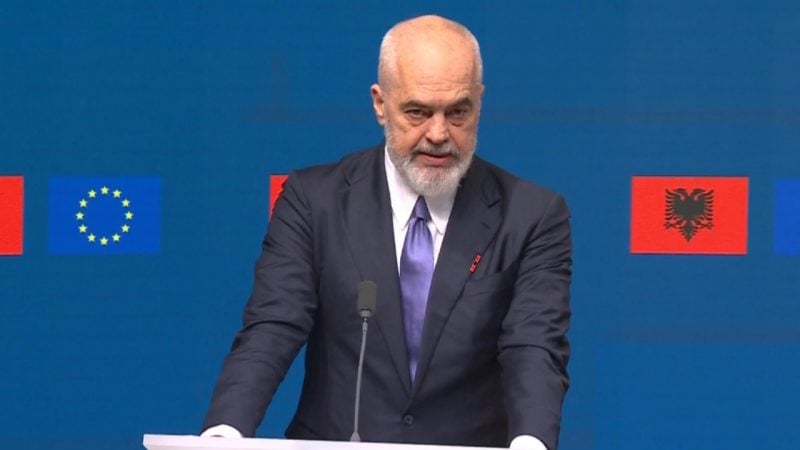 The Washington Agreement Must Be Reactivated!
The Washington Agreement Must Be Reactivated! On the last days of November 1912, Ismail Qemali undertook a very
dangerous trip to Vlore, where they would hold the most important
meeting for the Albanians, the meeting that would declare Albania’s
independence.
Some of the Albanian territory was already occupied by the Greeks and the Serbs, but this didn’t stop representatives from all regions to gather with Ismail Qemali and undertake the action that was unthinkable and unpredictable until 28 November 1912.
The meeting where 40 men would sign the first act of the Albanian state started at 16:00 at Xhemil Beu’s Konak, where dozens of delegates had already arrived, but only 43 were able to sign the Declaration of Independence. Five delegates signed for the city of Vlore, five for Berat, two for Tirana, Gjirokastra and Durres, four from Elbasan, three from Lushnje, Oher, Struga, the Albanian Colony in Bucharest, Korce, Kosovo and two from Shijak, one from Kruje, one from Shkoder and one from Diber.
17 of them were Muslims, 11 were Orthodox and 2 were Catholics. Most of the men who signed were seeing the city of Vlore for the first time, and they were people who had given an important contribution from abroad, coming from rich families and educated schools.
One of the photos made during the days of the meeting shows most of the 86 delegates that had arrived.
Another photo, the original photo of the Independence Act, realized by Gege Marubi in 1937, in the celebrations of the 25th anniversary of independence, organized by King Zog, was shown in an exhibition for this occasion. 34 signatures are on the first page, and six on the back of the page.
After 1945, some of the people who signed the Declaration of Independence were executed by the communist regime of Enver Hoxha, while others suffered the same fate a few years after 28 November 1912.
Our history is shameful for the way how the people who signed this declaration were treated. Four of them have escaped, six were arrested, three died in prison, 15 died in emigration. Almost half of them were prosecuted and mistreated. Lef Nosi from Elbasan was the man that suffered the most tragic fate. He served as Minister of Post and as Director of the Vlore Government Archive, and keeper of the original act of independence. He was executed in 1946 and no one knows where his body was buried. One of the fathers of our nation has no tomb and the same goes for the original act of the Declaration of Independence.
Top Channel







